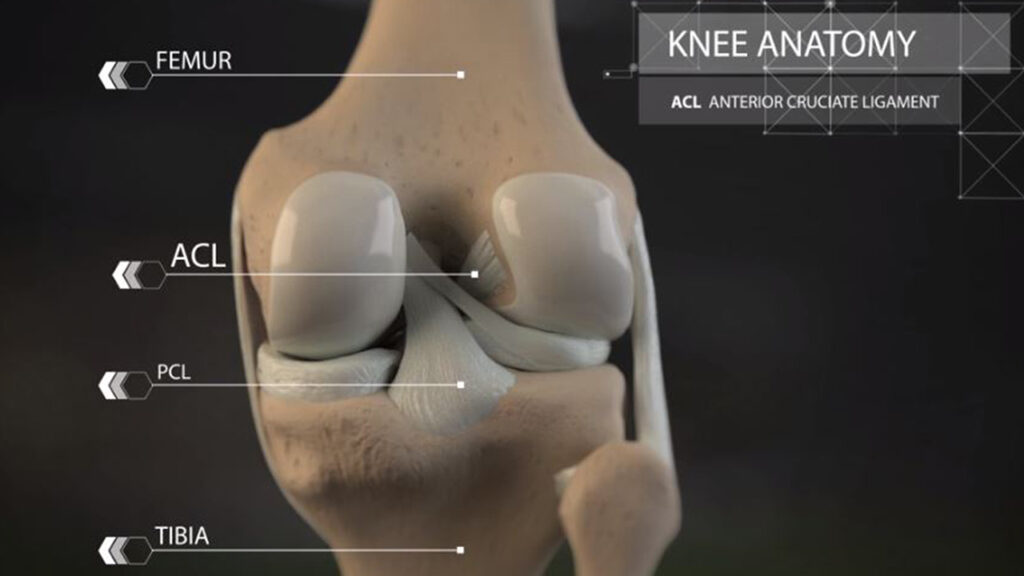3D Body Anatomy: What we can learn from Human Body 3D Animation

Animation is more than just a form of entertainment; it is a powerful learning tool beneficial to understanding of the human body. 3D Animation is used by medical professionals to explain, visualize, and teach certain physical processes, such as the spread of infectious disease, treatment methods or effects of chronic disease and illness. All of these processes occur internally, many at a cellular level, making them impossible to see with the naked eye and capture using video. Therefore, scientists and healthcare providers will often turn to animation as a way of recreating these systems and techniques for others to observe. Using amazing medical accuracy and high aesthetic quality, 3D medical animation is used regularly in patient-care facilities, classrooms, trade shows, and conferences.
Novel Viruses and the Spread of Infectious Disease
Fighting these diseases, such as COVID-19, are a top priority for medical researchers and pharmaceutical development. To help, scientists are using animation to educate others on the virus’ behaviors and reproduction. For example, Elara recently collaborated with Jason McLellan, an associate professor at the University of Texas at Austin, to develop a COVID-19 animation that captures the unique properties of the COVID-19 spike protein and how it attaches itself to healthy cells in the body. Understanding this process is an important step for vaccine research, as well as patient education.
3D Human Body Anatomy
Medical animation can also be used to explore and visualize human anatomy and health issues with photorealistic imagery and scientific accuracy, often on a microscopic level. Illustrating the role of the substantia nigra within the human brain, for example, Elara developed a Parkinson’s disease animation showing the decrease in dopamine levels in the brain. From this decrease, patients experience motor and cognitive deterioration. This medical animation then outlines two possible Parkinson’s treatment options: Deep Brain Stimulation (DBS) and VR-Based Rehab. Through accuracy and compelling narrative, Elara simplifies complex processes within the human body to educate both healthcare providers as well as patients and their families.
Collaborate with Elara
For over 20 years, Elara has been partnering with innovative companies and healthcare providers who strive to make advancements in healthcare to positively impact more patients. As a leading US-based 3D Animation company, our team has a strong background in medical anatomy and physiology at a cellular level. Our strategic solutions blend these medically accurate 3D body animations with virtual reality, comprehensive voiceover, and other cutting edge technologies to tell your story in a memorable way and inspire people to take action.
